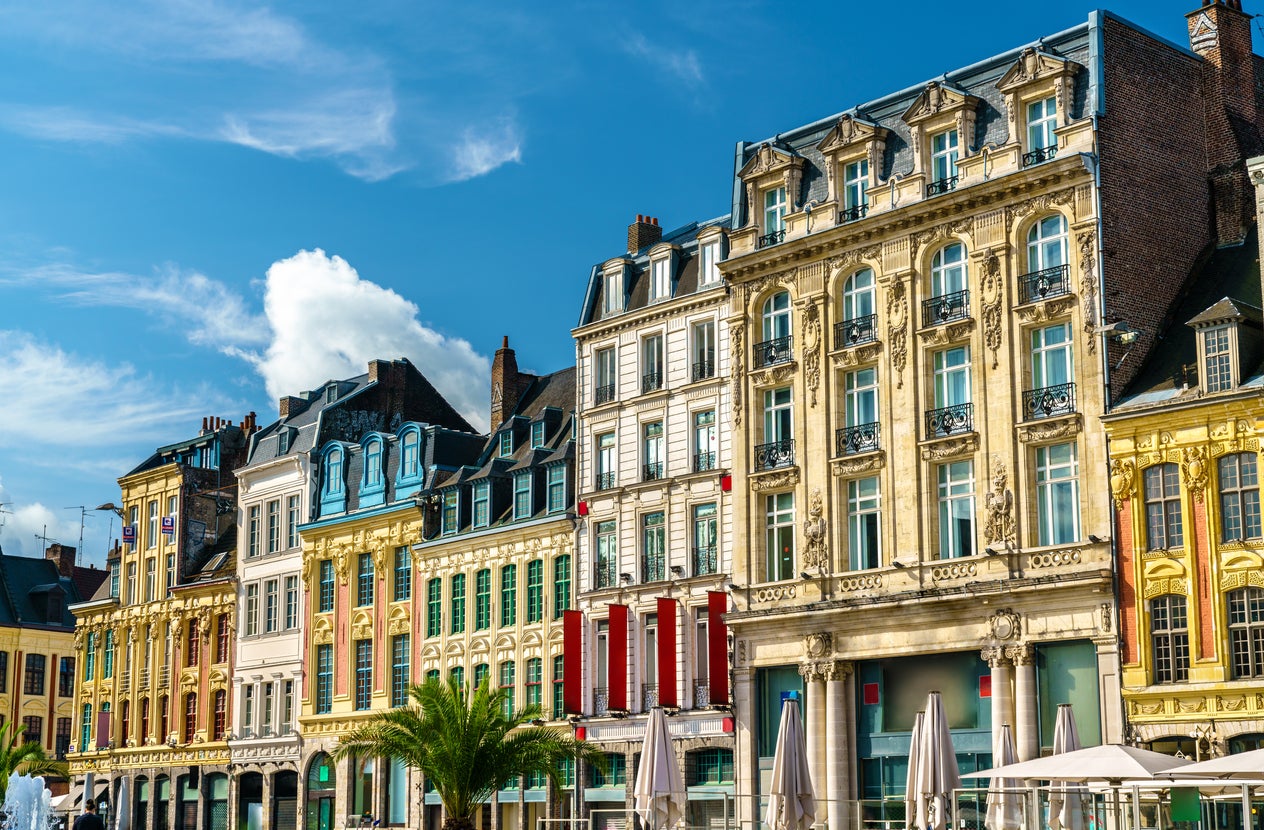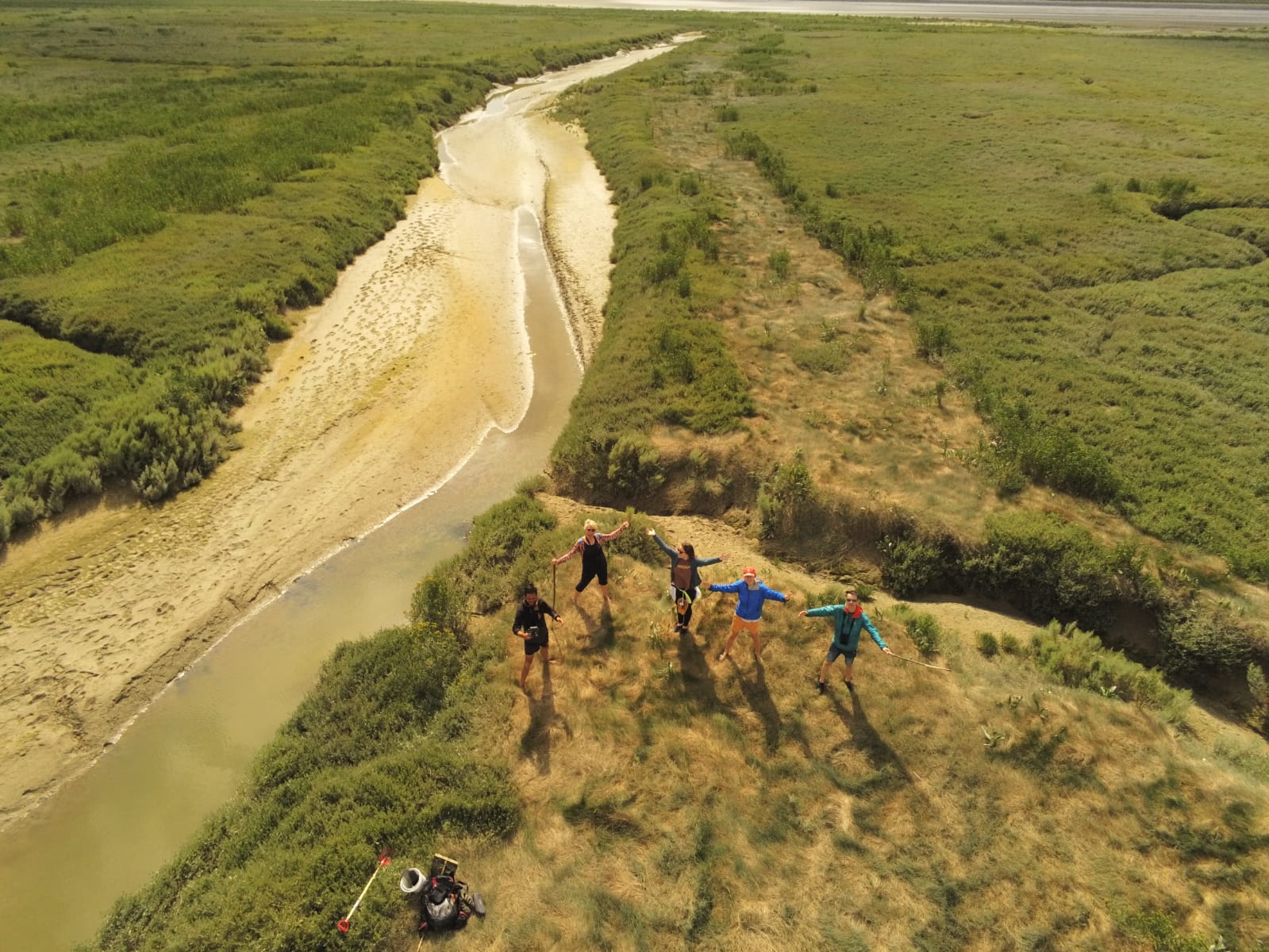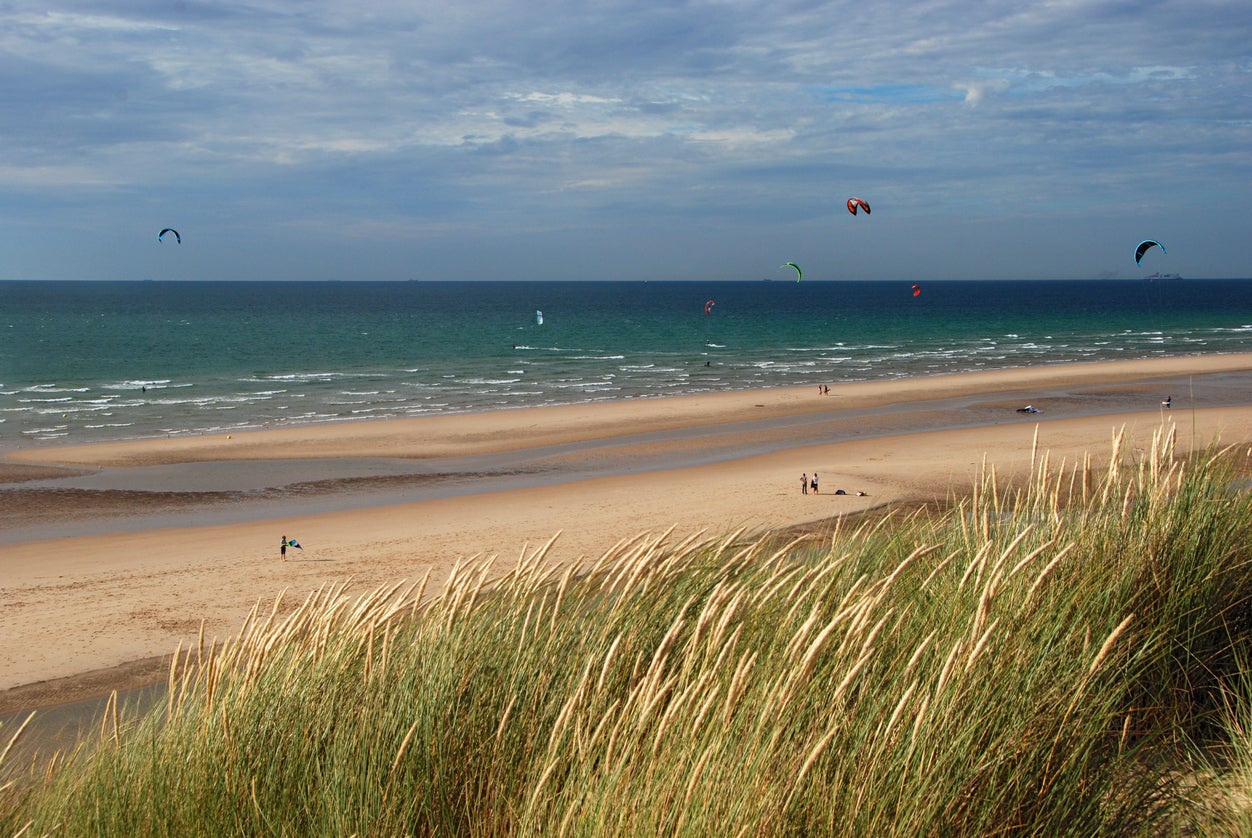The Independent's journalism is supported by our readers. When you purchase through links on our site, we may earn commission.
Why you should swap the South of France for the North this autumn
With Covid and the climate crisis shaping our travel decisions, Rachel Ifans suggests heading ‘nord’ for French frolics

Your support helps us to tell the story
From reproductive rights to climate change to Big Tech, The Independent is on the ground when the story is developing. Whether it's investigating the financials of Elon Musk's pro-Trump PAC or producing our latest documentary, 'The A Word', which shines a light on the American women fighting for reproductive rights, we know how important it is to parse out the facts from the messaging.
At such a critical moment in US history, we need reporters on the ground. Your donation allows us to keep sending journalists to speak to both sides of the story.
The Independent is trusted by Americans across the entire political spectrum. And unlike many other quality news outlets, we choose not to lock Americans out of our reporting and analysis with paywalls. We believe quality journalism should be available to everyone, paid for by those who can afford it.
Your support makes all the difference.Ten days in northern France. Yes, that short, hyper-accessible stretch between Calais and Dieppe – the part everyone drives through fast, without stopping, on their way south most summers. Surely it’s too close to home to be worthwhile?
Well, no, actually, and I’m here to urge you to reprogramme your sat nav – metaphorically and physically. Not only is the north a closer, greener and less touristy French holiday destination, it also boasts what we all love about the south, with chic beach resorts, vibrant cities, delicious food and drink, sweeping landscapes and seascapes, food markets, museums and culture. And all in just two tanks of petrol or a handful of charges of your electric car. Here’s where to get your sud de France fix while staying firmly nord.
Swap… Antibes for Le Touquet
I love “Le Took”, created by Brit developer John Robinson Whitley in the early 1900s. His dream of forests, dunes, white sands and architect-designed villas on wide leafy avenues is not far off what you get today. The beach resort rivals Antibes in terms of celeb links (HG Wells eloped here, Edward and Mrs Simpson holidayed here) and it beats it hands down for romance, Belle Epoque architecture, seafood (try Chez Perard’s oyster bar for a nibble and a white wine) and – let’s get practical – elbow room on the beach and a distinct lack of traffic jams.
Swap… Nice for Lille

Lille is thriving post-Covid with new things to see and do. Grand Scene is a great example; it opened in June and combines 10 street food outlets in one place. The idea is for chefs to try out new dishes. At Atalya, wonderful food is cooked up by a Syrian refugee (try the babaganoush!). Hall U Need is another new concept in the Lillois suburbs; a plush games hall which houses karaoke, bowling, VR gaming and serves tasty, local food. Ten minutes away, I loved the vibe at La Friche Gourmande, where great food from Thai to burgers to Greek mixes with boules and darts within the roofless walls of a disused building.
Swap… a Languedoc rose for craft beer
The north, thanks to abundant hops, fruits, nuts and cloves, is awash with craft breweries. You could spend a whole holiday sampling artisan brews but I started with the great Bieres de Garde, farmhouse ales designed to be stored and drunk later. Try Anosteke Saison, a light blonde with citrus and floral flavours or Castelain Grand Cru, a Belgian-style, cereal-based crowd-pleaser.
Swap… Cassoulet for Carbonnades
If warming stews are your thing, the beef-in-beer Carbonnades Flamandes is sensational. Other mainstays include Potjevleesh, a white meat terrine, and La Coeur des Flandres’ pork tart. I can’t get enough of the fleshy, grit-free Dunkirk mussels grown sustainably on ropes far out at sea. And then there are the chips. So many lovely chips...
Swap… Carcassonne for Montreuil-Sur-Mer
Montreuil’s ramparts may not be quite as impressive as Carcassonne’s but its gastronomy is out of this world. The range of restaurants is huge; from double-Michelin-starred Alexandre Gauthier’s three restaurants (haute cuisine, mid-range or rotisserie), excellent pizzas at local hangout Le Piccolino to the fantastic invention that is Pique-Nique Chic. This last is a guided e-bike tour through the neighbouring 7-Vallees region along bucolic rivers and quiet lanes, ending at an out-of-the-way spot for lunch cooked by one of Montreuil’s top chefs.
Swap… lavender fields for samphire spreads

“Meet me on the north dyke, just past the pink house,” he said. Who was I to refuse? The Bay of the Somme is two miles across if you go directly but we meandered happily while my walking guide danced on the quicksand. We crossed the canyons the tide had left and walked to where the sand lay cracked and untouched by high tide. This is where the samphire plants grow like cacti in the desert; we searched for the newest plants, savouring the fresh salty green crunch.
Swap… Espiguette in the Carmargue for Wissant
Wissant means “white sands” and you get over seven miles of the good stuff here. The beach is only a few minutes from the Eurotunnel and sits between the cliffs of Cap Blanc-Nez and Cap Gris-Nez, both of which are designated Grand Sites de France for their natural beauty.

Swap… Sommieres for Saint-Omer
The St-Omer marshland – or Audomarois – is a 435-mile network of canals with fertile spots to grow food. Until the 1970s, the area had no roads and its Flemish inhabitants were mostly made up of market gardeners. The area still produces six million white cauliflowers a year, as well as 50 other types of vegetables, so you can imagine how special the Saturday morning market is.
Swap… MUCEM for Louvre-Lens
At MUCEM in Marseille it was the amazing building that stayed with me, rather than its contents. The Louvre-Lens is a different matter; its main wing – the Time Gallery – is laid out chronologically, from the invention of writing in Mesopotamia through to the industrial revolution in Europe in the mid-19th century. It’s a huge hangar-like building on a former mine yard, stuffed with 200 masterpieces that used to sit in the Paris Louvre.
Travel essentials
Getting there
Rachel took the Eurotunnel and drove inland to Lille and Lens, before heading south just as far as the Bay of the Somme and winding back north via Montreuil to Le Touquet.
Where to stay
The modern interiors at Hotel Moxy Lille zing against the historic backdrop of the building; the beautiful old Faculty of Medicine. Central, with buzzy bar and good food.
Chuck all the euros you have at an apartment with a sea view at Pierre et Vacances Residence de la Plage, Le Crotoy, and it will be hard to drag yourself away. It’s peaceful and sunny – Le Crotoy is the only south-facing beach on the Opal Coast – and very welcoming.
A boatbuilding owner and his wife have rebuilt Domaine de la Timonerie in Bourseville, a once-ruin that belonged to his grandfather, with unbelievable quality and good taste. I stayed in La Mansard, an upstairs, 1970s-wood, dark-walled paradise with kitchen and mezzanine. The jungle pool is wonderful.
Big and austere from the outside, Best Western Hotel Hermitage in Montreuil, housed in an old hospital, is the comfiest hotel I’ve stayed at in quite some time. My room was huge with a view that came courtesy of wall-to-wall, almost floor-to-ceiling windows.
Join our commenting forum
Join thought-provoking conversations, follow other Independent readers and see their replies
Comments